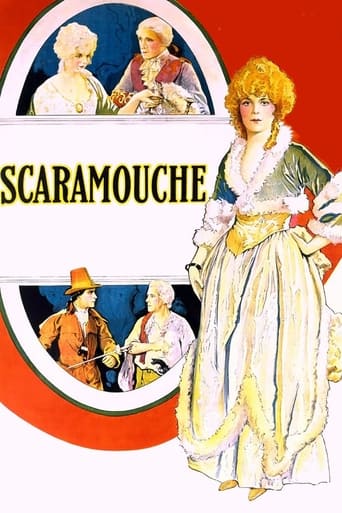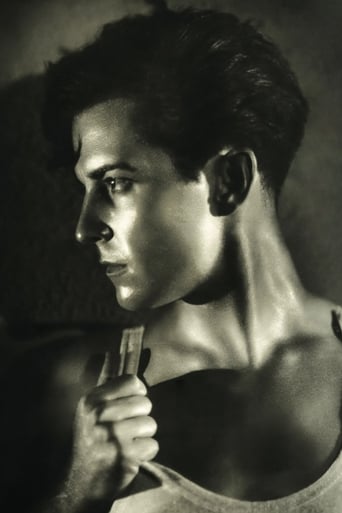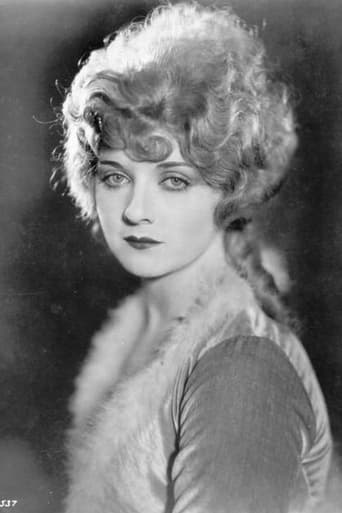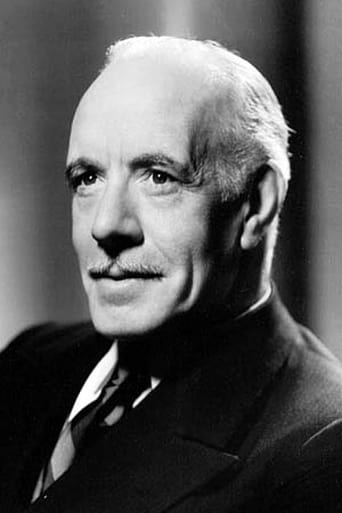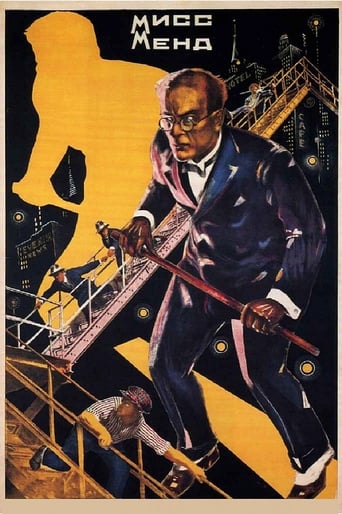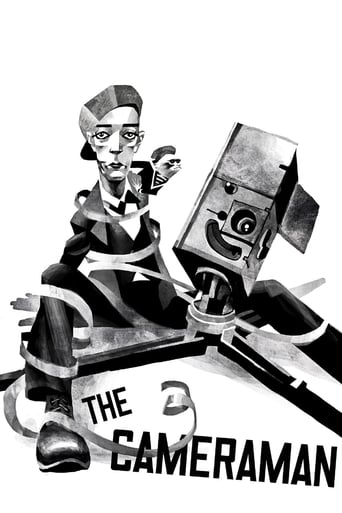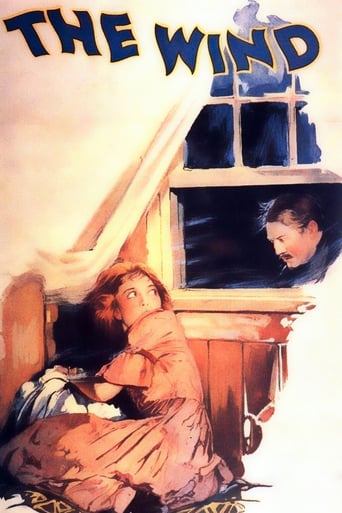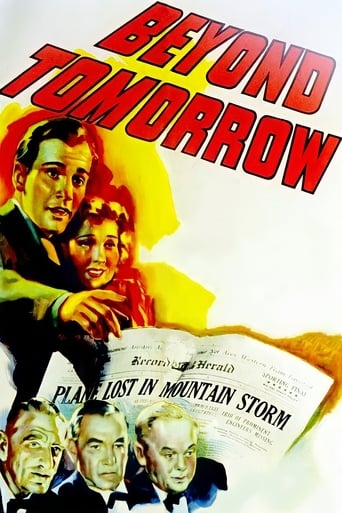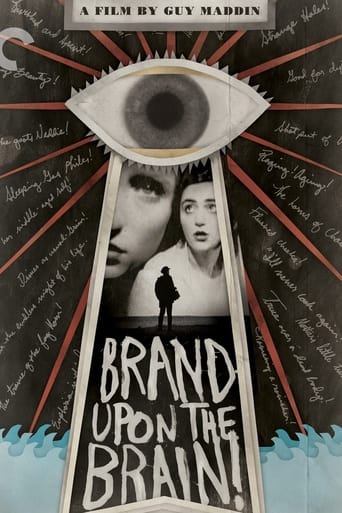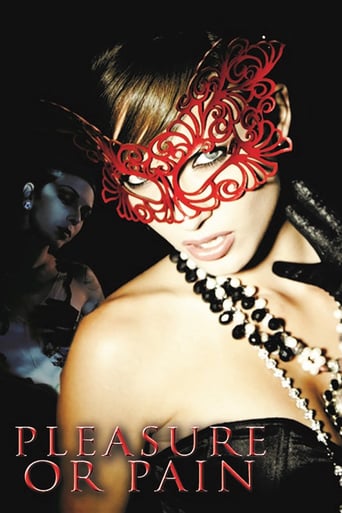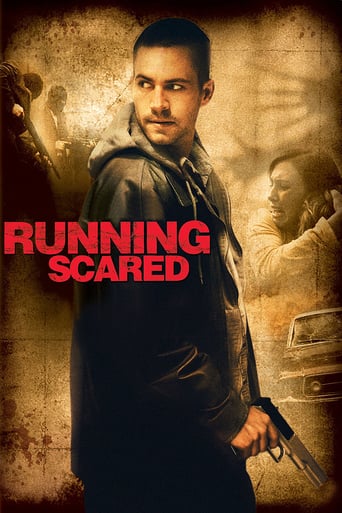Scaramouche (1923)
A law student becomes an outlaw French revolutionary when he decides to avenge the unjust killing of his friend. To get close to the aristocrat who has killed his friend, the student adopts the identity of Scaramouche the clown.
Watch Trailer
Cast


Similar titles
Reviews
Plenty to Like, Plenty to Dislike
Great Film overall
The film creates a perfect balance between action and depth of basic needs, in the midst of an infertile atmosphere.
The best films of this genre always show a path and provide a takeaway for being a better person.
A year after The Prisoner of Zenda, Rex Ingram shoots another film with more or less the same team. This time, it takes place during the French Revolution. So we can se Alice Terry (Mrs Ingram), Lewis Stone and Ramon Novarro. But when you look closely, you can recognize Edward Snitz, John George, Edward Conelly... Scaramouche is the film where the story and the History collide. The story is the one of André Louis Moreau (Ramon Novarro), an orphan whose friend, a fighter for freedom, is killed in duel by the Marquis de la Tour d'Azyr (Lewis Stone). Moreau is also in love with Aline de Kercadiou (Alice Terry), the niece of the man who raised him. The History is the one of France. But it is rewritten by Hollywood. So, when you are French, you do not recognize your History. Before, there was Griffith's French Revolution (Orphans of the Storm, 1921), now there is Ingram's. This time, Robespierre is not a communist, but we can see a very ugly Danton (George Siegman), with his "pock-marked" face. There is also a very peculiar Parisian crowd: savage, shouting, bloodthirsty and greedy for aristocratic heads to fall. There are also the historic characters: Louis XVI, his wife Marie-Antoinette (and their children), Danton and Marat (Roy Coulson), and a young officer who watches silently, Napoleon (Slavko Vorkapich). Fortunately, we are interested in the story. Ramon Novarro is young, bold and handsome; Alice Terry is beautiful and cries easily; Lewis Stone is, as usual, very straight-up, and also a sort of villain, for he kills Moreau's friend. Once more, we have a fencing dual, but this time, it is better than in Zenda. But what strikes the spectator are the glittering eyes. In the first sequence, a dead man is brought back home. He was killed by the tyranny. We see his wife crying, the tears glittering in her eyes. Later, Moreau's eyes will glitter, when his friend is killed by de la Tour. IN every great moment of the film, we have these glittering eyes.Time and space have a very strange aspect in this film. Indeed, when you know France, you do not understand everything. It seems that the likelihood has been put aside. The events happen in three locations: Gavrillac (a village in Brittany), Rennes and Paris. Gavrillac is the place where Moreau and Alice grow up . Rennes is where Moreau speaks about Freedom. This is also where he meets Marat, another famous actor of the Revolution (who does not look like him at all, except the cloth he wears on his head). Paris is where everything really happens, where everyone meets. This is where the Assembly is meeting; where the play Figaro-Scaramouche (written by Moreau) is performed; where Aline, de la Tour and Moreau finally meet. Unfortunately, if we recognize very well each location, there is a big problem of space: in 1789, you cannot ride from Rennes to Paris in one day! Nevertheless, the characters of the film can be on Sunday in Gavrillac or Rennes and on Monday in Paris! As for the Time of the film, I would prefer not to talk about it. One date is right: August the 12th, 1792. When the people of Paris invades the Tuileries Palace, creating in the same time a real bloodbath.Despite all this, this Scaramouche movie has much charm. The fencing duel may be shorter than in George Sidney's movie (Scaramouche, 1952), it is nevertheless a great moment. The final revelation is quite amazing, and the actors were really well chosen. And, despite the fact that Moreau (and the script) is naive, we feel quite happy for him at the end.
The 1923 "Scaramouche" has all the elements of an epic film saga -- intricate and plausible sets and costumes, clearly drawn characters, ever more intense pacing -- but it just failed to catch fire for me. Maybe it's the way it makes no pretense of being anything but a big bundle of melodramatic clichés wrapped in a too-transparent plot. Too bad; it sure had potential. If you can see the Turner Classic Movie version, with the new score by Jeff Silverman, do so. It's how film scores should be created for silent pictures like these, absolutely in sync with the action but not slavishly commenting on every little detail. Usually it's a backhanded compliment to say that one finds one is losing oneself in the movie and not paying any attention to the score, but in this case, believe me, it's the mark of a resounding success.
Hats off to Rex Ingram. Scaramouche, like his other gorgeously mounted adventure sagas The Four Horsemen of the Apocalypse, The Prisoner of Zenda, or Ben-Hur (which he co-directed) illustrate clearly how the art of cinema took a body blow with the coming of sound, recovery from which took several years. The kinds of stunning compositions and environmental detail that were possible before the soundtrack era had to be jettisoned just for the sake of miking, so we lost much of this intensive artistry. Visually this film is every bit as impressive as Selznick's A Tale of Two Cities, or Korda's The Scarlet Pimpernel, both made well into the sound era over a decade later. Ingram was a visionary, right up there with Griffith, Stroheim and early DeMille. This film is beautiful right down to the title cards.In this tale of the French Revolution we are treated to large doses of "The Masses," as in the later Selznick Tale of Two Cities. In fact, these masses are so vividly presented that one suspects that Selznick borrowed some of his imagery from Ingram. Like The Scarlet Pimpernel, Scaramouche is a participant in the events of the era. But whereas the Pimpernel used ingenious disguises and impersonations to save selected aristocrats from the guillotine, Scaramouche uses his position as popular comedic stage actor and skilled swordsman to rouse the masses to revolutionary action and successfully duel to the death with reactionary members of the National Assembly. Ramon Novarro, who plays the title character, was second only to Valentino as a heartthrob of the silent era but his countenance and manner were gentler. Lewis Stone, best known for his stern but benign elder patriarch roles in talkies, was once the dashing, chiselled-featured leading man on display here. Alice Terry as the love interest reminds us of how cinematic standards of beauty have changed. Her costuming and coiffure notwithstanding, there is a pre-20th-century quality to her, as if she stepped out of a painting or daguerrotype.
Ramon Novarro stars as André-Louis Moreau. Lewis Stone is Moreau's enemy, the Marquis de la Tour d'Azyr. And, Alice Terry is the woman they both love, Aline de Kercadiou. The story is set during the time of the French Revolution. The film begins with Mr. Stone as the Marquis de la Tour killing Mr. Novarro (Moreau's) best friend, which makes them great enemies. Enemies usually like the same woman; in this case, the coveted Ms. Terry (as Aline) creates the additional animosity.This is a well-produced spectacle, from director Rex Ingram; the film obviously cost a fortune, and the money was well spent, creating a beautiful looking film. Mr. Ingram does a great job of pacing the approximately two hours of film; it retains much of its pace today, relative to other 1920s epics. Ingram's cinematographer John F. Seitz and star Ramon Novarro are indispensable. Mr. Seitz' photography is great, from the windmilly opening until the final conflicts. Some of the spectacular scenes are still terrific; but, some do look like they were staged to fit the movie screen, where everyone gathers for "Action!"Mr. Novarro's lead performance is excellent; though, it might have been wise to let him use more of the ahead-of-their-time skills that are clearly evident. But, what's left is fine - best are the "looks" from the performers, which are not overacted (mostly). Lewis, Terry, and most everyone performs well. Novarro must join an acting troupe, by the way, while on-the-run - he becomes "Monsieur X" and play acts clown "Scaramouche", giving the film its title. Watch for the relationship between Novarro and a woman from the troupe, and the reason he finally rejects her (it parallels the major love triangle). Also, watch for two of the characters to startlingly look exactly like/alike the "shocking" second revelation at the end of the film. ******** Scaramouche (9/15/23) Rex Ingram ~ Ramon Novarro, Lewis Stone, Alice Terry, Lloyd Ingraham

